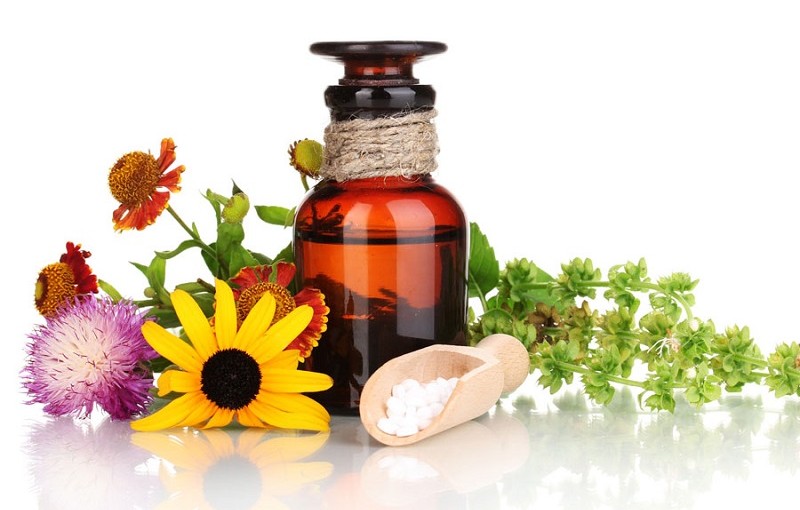Salmonella is a group of bacteria that commonly cause foodborne illness. Salmonella infection known as salmonellosis, and can occur through the consumption of contaminated food products including raw poultry, eggs, beef cattle, and sometimes fruits and vegetables without washing.

Types Salmonella
Salmonella is divided into two groups:
- Typhoid Salmonella, which is composed of bacterial strains that cause typhoid and paratyphoid fever, including Salmonella Typhi, Paratyphi A, Paratyphi B, C and Paratyphi
- No Salmonella typhoid, which includes all other strains of Salmonella
Symptoms of salmonellosis
Symptoms of salmonella poisoning or salmonellosis, develop 12 to 72 hours after exposure and include:
- Diarrhea
- Abdominal cramps
- Fever
Symptoms can last from four to seven days and resolve on their own with sufficient fluid intake by mouth, but the very young or very old or those with weakened immune systems may develop a serious illness. Severe diarrhea may require hospitalization.
Read also: What is Homeopathy?
Treatment of salmonellosis
As stated above, most cases of Salmonella related gastroenteritis resolve within 5-7 days without treatment. However, administration of fluids If severe dehydration from diarrhea occurs, you may be required intravenously. Antibiotic treatment is reserved for severe cases of salmonellosis, and infected people who are at high risk of complications.
Antibiotics options include:
- Fluoroquinolones, such as ciprofloxacin
- The third generation cephalosporins such as ceftriaxone, cefepime or ceftazidime
- Ampicillin
How to prevent salmonellosis
The bacteria live in the intestines of animals, so anything that could be exposed to intestinal contents may be at risk for salmonella contamination.
Because of the risk of contamination from exposure to fecal matter, animals such as turtles, other reptiles and chicks are particularly likely to be a source of salmonella infection.
Hand washing is an important preventive measure. The best prevention is to wash your hands before and after handling raw meat, pets or plants outdoors;after swimming; and before eating. Prevention also includes washing immediately work surfaces and utensils that come into contact with raw meat with warm water and soap.


